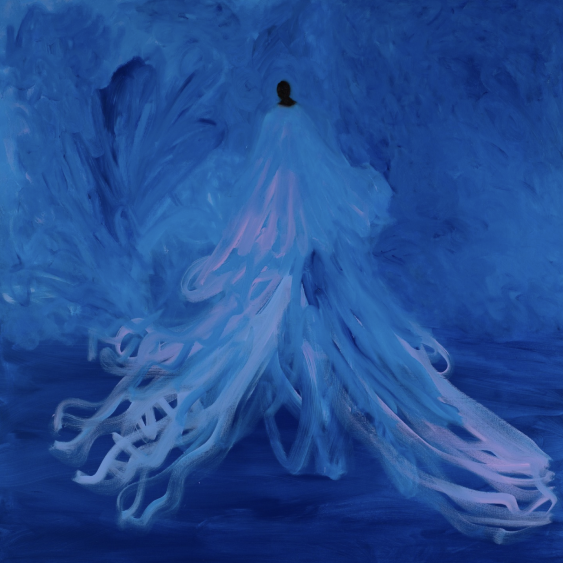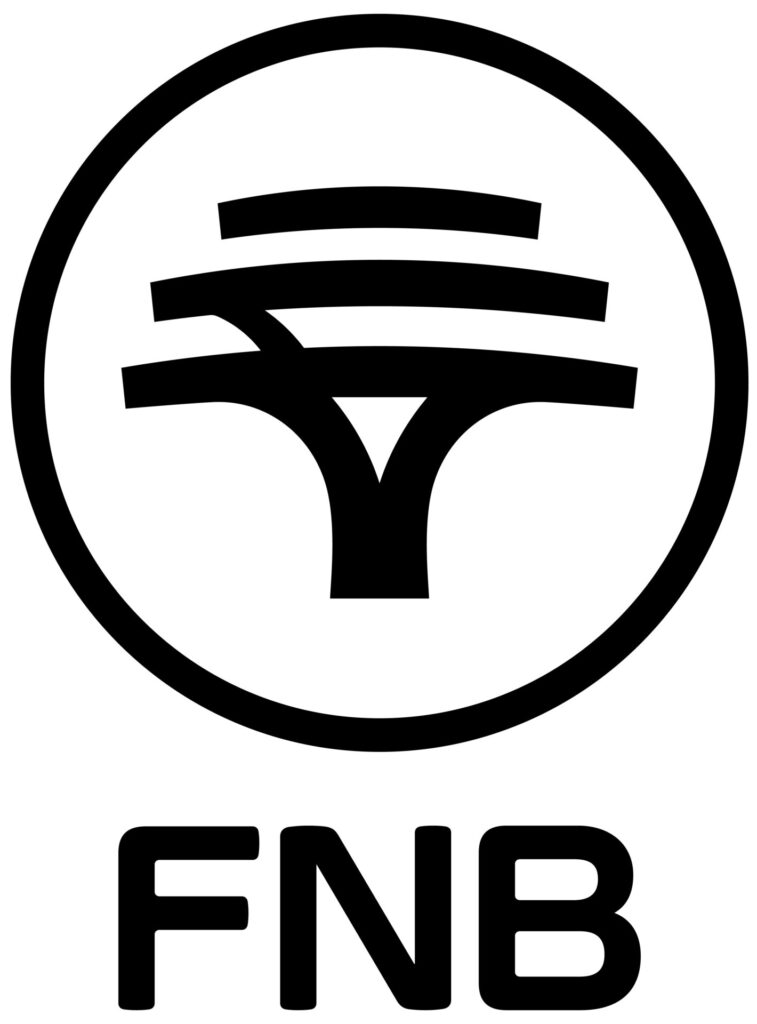Artist of Interest
A world of Returnables
with Unathi Mkonto
Share
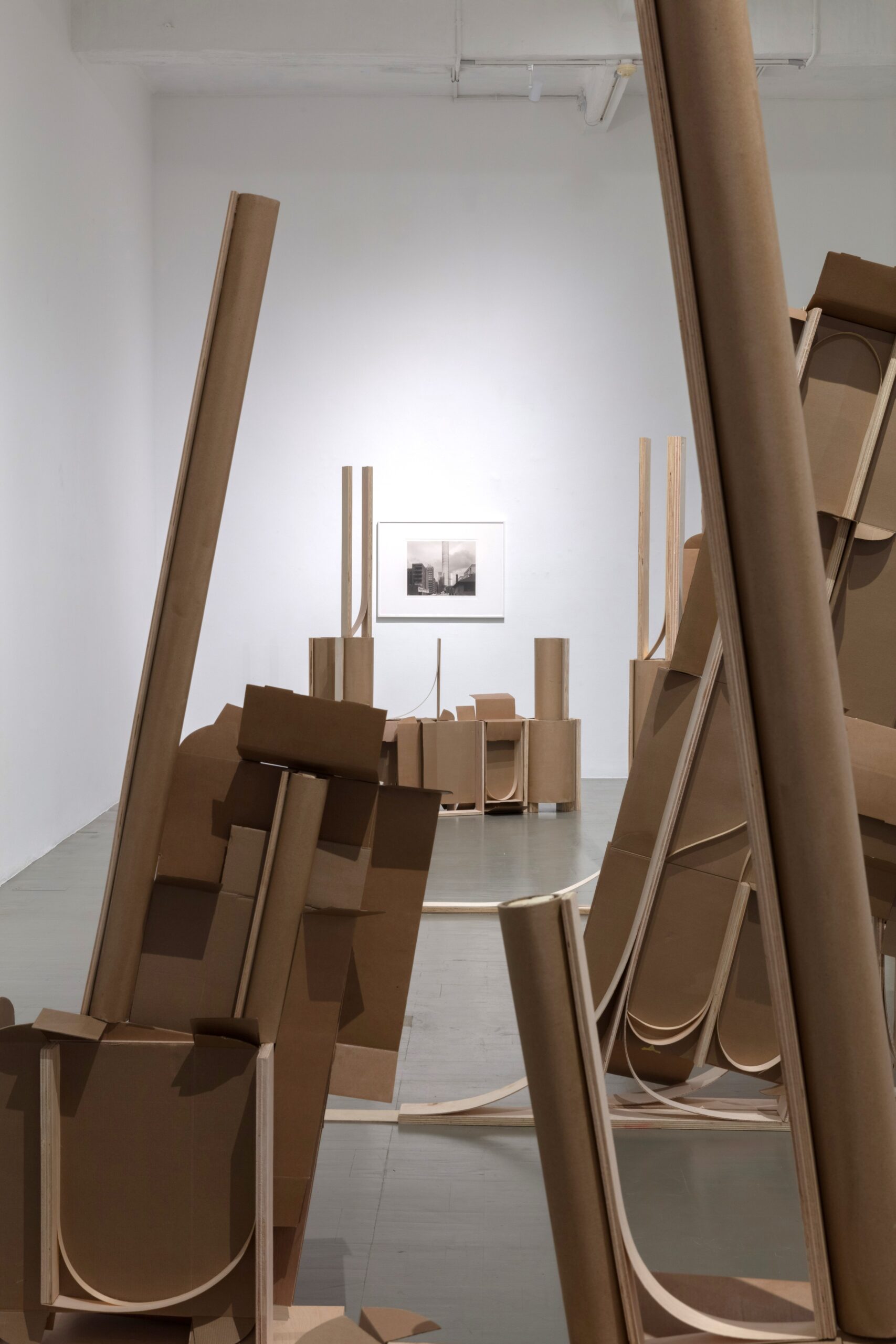
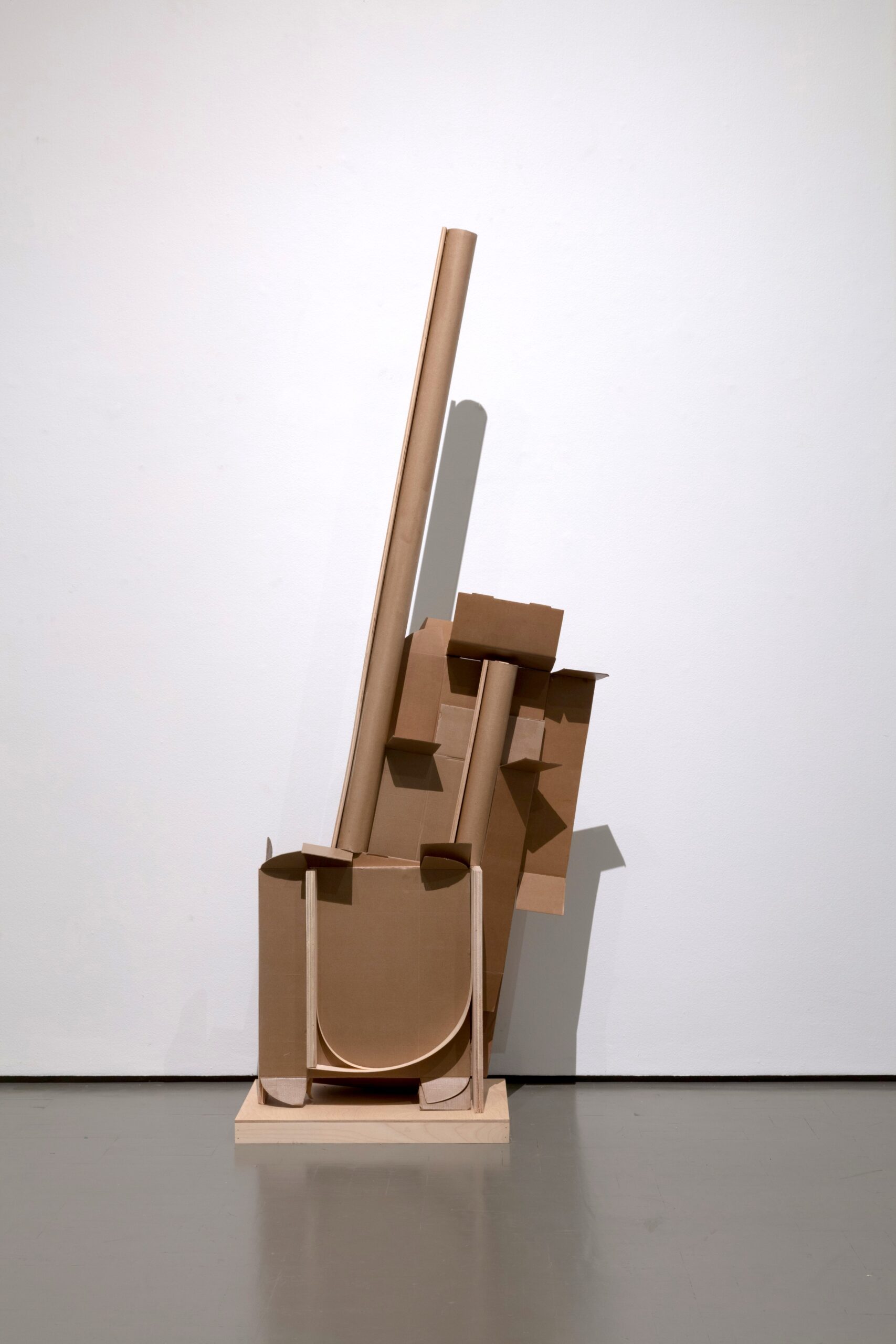
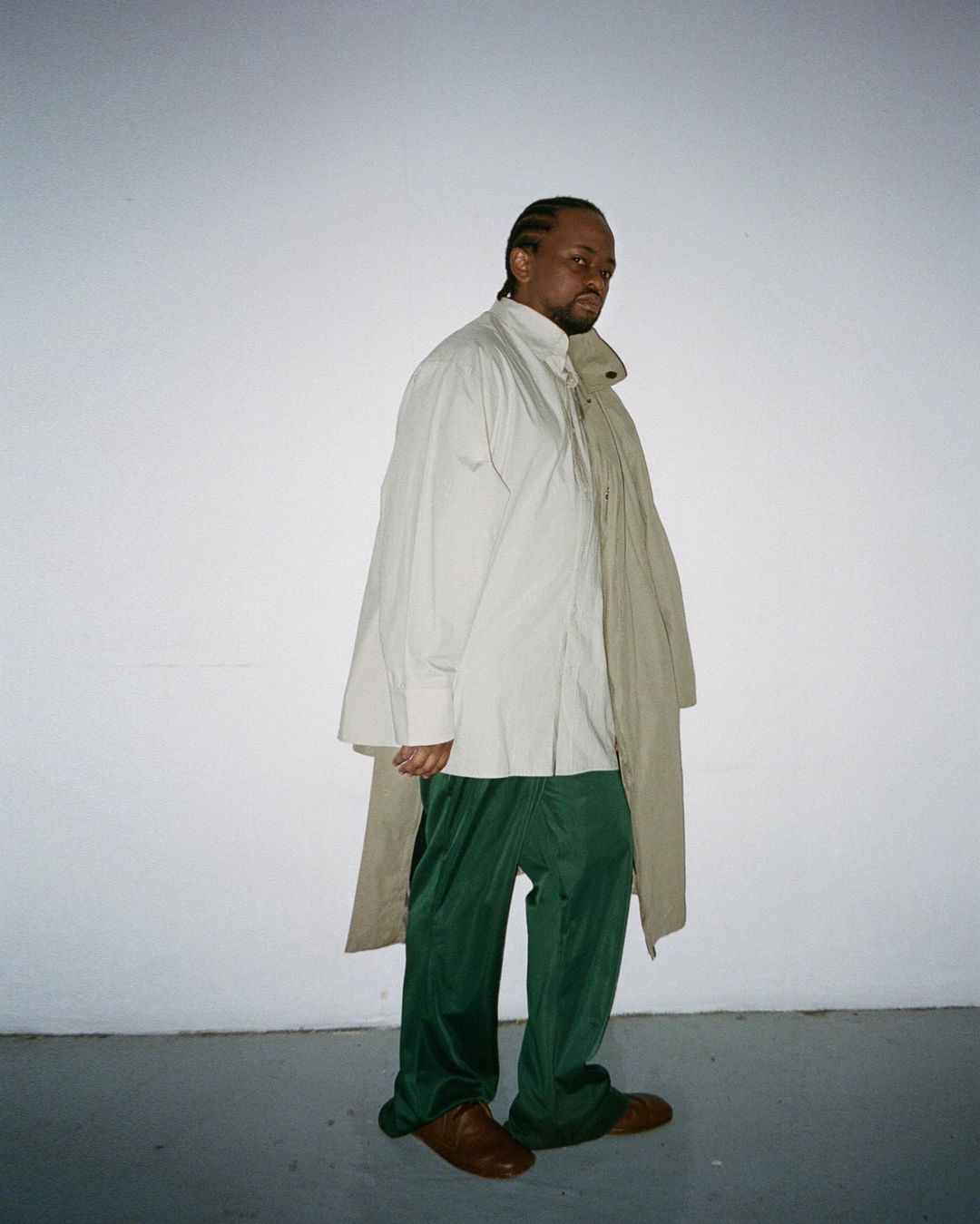

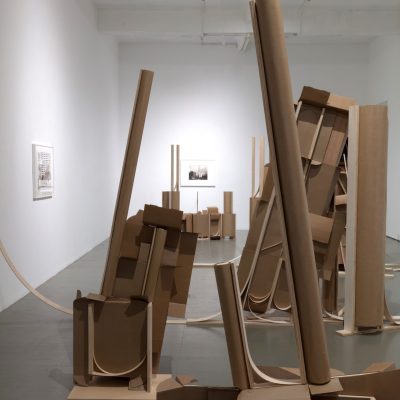


A two-person exhibition featuring artists using distinct mediums, Stevenson’s Juxtapositions is a means to reignite the joy of discovery by expanding where and how the public reads an artist’s presentations. Paired with David Goldblatt in Juxtapositions’ second iteration, Mkonto’s investigations become a character in a conversation on spatial politics and power. In this week’s ______Of Interest we speak to him about materialising a contrarian stance, maintaining an exploration that remains grounded, and talking to Goldblatt’s practice.
A multidisciplinary artist preoccupied with the traces (or absences) of humanity in architecture and spatial planning, Unathi Mkhonto describes his practice as having very little to do with solving problems. A gradual deep dive into space as a vessel of information.
How would you say your upbringing has informed the spatial sensibilities seen in your architectural and artistic practice?
I grew up in Peddie, in the countryside of the Eastern Cape. There was an absence of buildings and big crowds. So much as I’m making work about architecture, I’m not centering the built environment, my practice is about human conditions, I explore how space is a vessel. Peddie grounds the work. I keep coming back to the work and myself a lot of times for visual clues. Nothing has made sense.
When it comes to architecture and spatial planning, South Africa has quite the history. There’s segregation, forced removals, resource extraction, migration, and state-owned public transport. Where would you say you position your practice in all of these violences?
Spatial violence is rooted in a human condition. I’m approaching violence in this work in a delicate and non-confrontational way. I’ve always wanted to create a world but most importantly a full world that has been through things, a world made out of opposites and contrasts such as what makes this work come to life. When I’m interacting with space but I’m also looking at everything. Cities have been dying over and over again since the beginning of time. The position of my practice has little to do with solving but rather going deeper than the surface of an environment into its skeleton. I’ve learnt to open myself up completely.
As it stands the effects of spatial violence seem permanent. Cities seem concrete and immovable, a force we have to negotiate because it is what it is. Would you say your work agrees or disagrees with this statement?
Cities will tell you what they want to do, they live. Cities can’t be moved but I’m introducing collage as a way of layering. I’m interested in the idea of architectural collages, layering spaces such as placing a shop facade over a mineshaft, or graffiti painted over permanent landmarks.
Let’s talk about the material you use: cardboard, wood and paper. Can you tell me about how you came to develop your visual language? What were you looking for in this search and how did you find it?
I’ve found my language between hardness and fragility. I want to allow the material to do what it does. I like to think I’m cutting pieces to make sculpture like how Matisse was cutting paper to make paintings. Cardboard is not pleasing to everyone but neither is our history.
You describe yourself as working in a modernist idiom. Could you tell me more about the why and the how of this?
I’ve created an energy and atmosphere in the room. I’m making work in the real world. I don’t choose it, it chooses me. I’d love to be one. I would like to think I’m many other things too. There is so much language for modernism. But for me it’s the emotions that I’m working with.
Let’s talk about your ‘anti-architecture’ ethos. What does it look like and why did you choose to take this approach in your practice?
Architecture materials are meant to work – as in labour and fix things – and here I’ve done the opposite. I’m seeking imperfection from the world. I had cut myself off from it for many years but I’m happy how things have turned out.
As a part of Juxtapositions your body of work, Returnable is showing alongside David Goldblatt’s works dated from 1975 – 1989. How would you describe the context you were in when you first conceptualised what is now presented as Returnable?
I begin by collecting things that give you access to work but I don’t directly create a narrative. I created the urban spaces that I occupy.I salvaged cardboard boxes and layered them over wood and then fabricated a wall. By using contrasting forms from paper and wood this allows me to come up with new compositions. The architecture here is a reflection of interiors and the interior is a reflection of us. The work is a meditation on how everything is returnable, the biggest and smallest elements of the every-day are returnable since it’s the landscape that will always remain.
You describe your spatial inquiry as one concerned with humanity. Does the absence of human bodies, while confronting spatial power in your work present a challenge or an opportunity? Please expand.
There’s an emphasis on scale and human gestures. I’m constantly looking at different things that can complement the work like sound, film, and general human moments. Most of the work doesn’t need figures,
How would you describe the relationship or temperament that you had toward David Goldblatt’s work and practice before Juxtapositions? Are there ways that it has grown and changed since your work has been in conversation?
His work has taken me through all kinds of places and emotions. He’s had a vision for the future. It’s modern. This show is a dialogue. There’s a real tension between us in the room like other people are not meant to be there. The curators Alex (Richards) and Sinazo (Chiya) were smart enough to leave us alone in the process of installation. It’s very intimate.
Now that Juxtapositions is live and open to the public, how would you describe the place that you find your practice in right now? What are the lessons it’s teaching you and is there a new development that you’re teasing out?
More resistance to the system. The work is about what sculpture could be, the future is modern but with a lot of patience. Right now it’s winter, it’s cold, it’s a good time to be in the studio and I’m also getting ready for Zeitz Atelier residency in june. I hope to continue to create experiences.
Subscribe
Subscribe
For exclusive news, tickets and invites delivered every week
